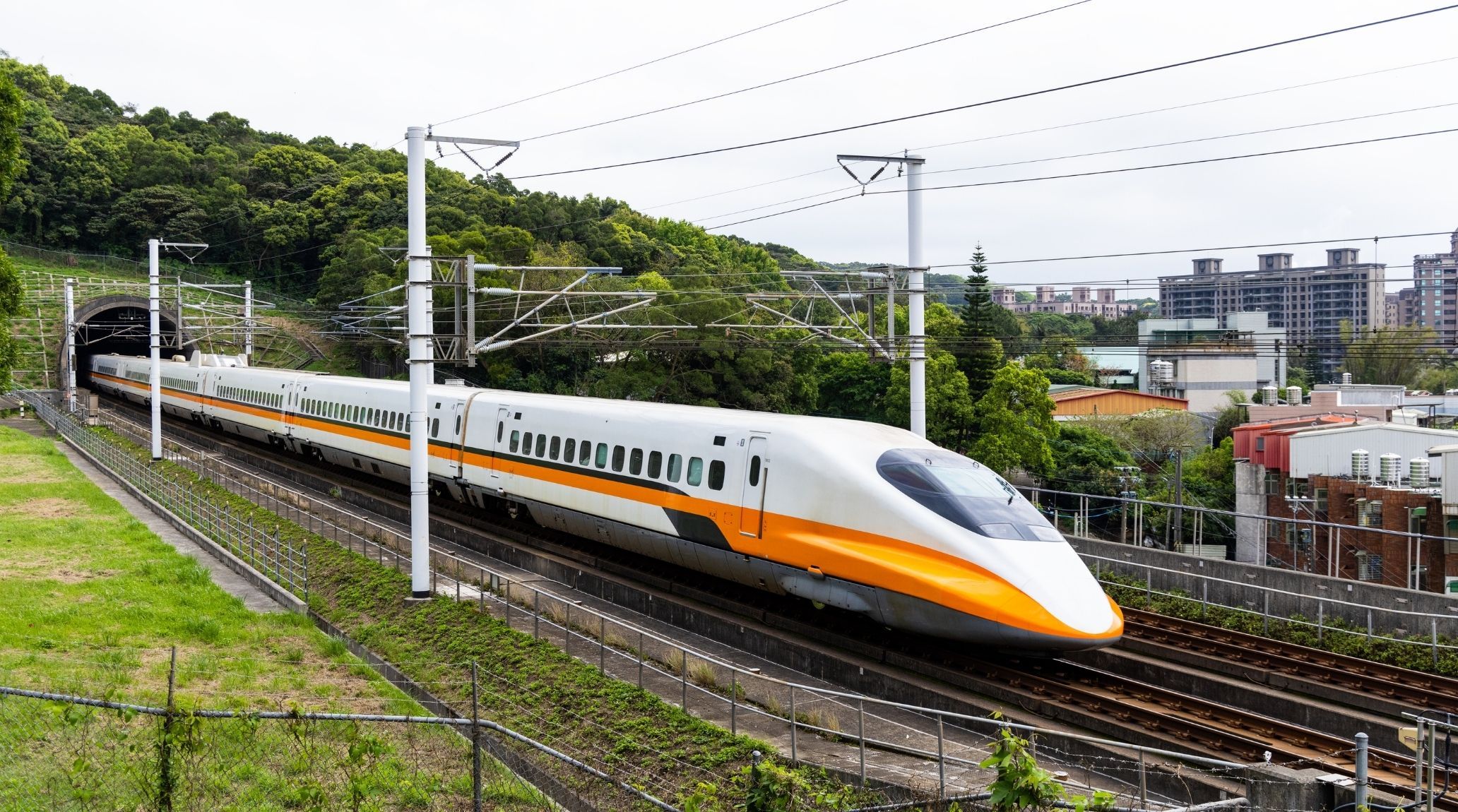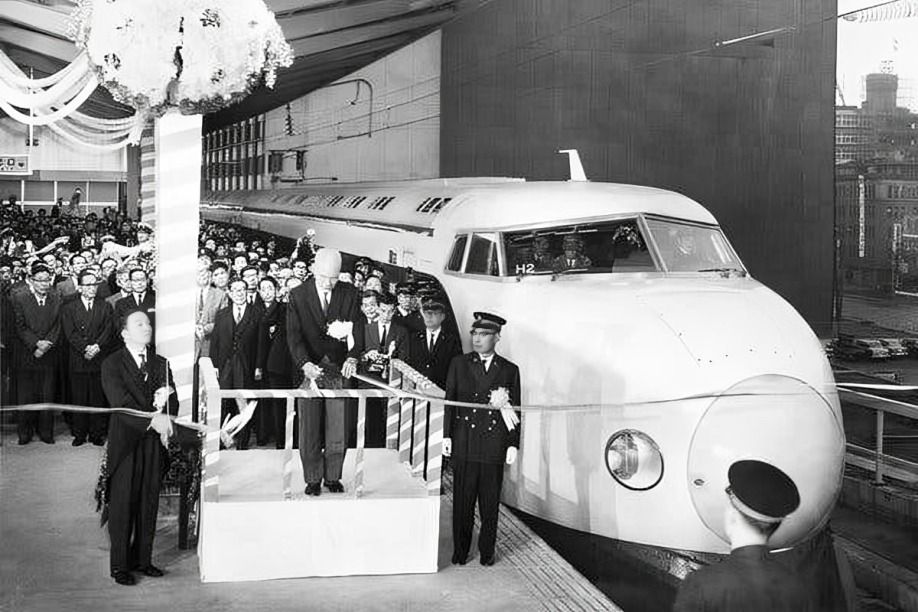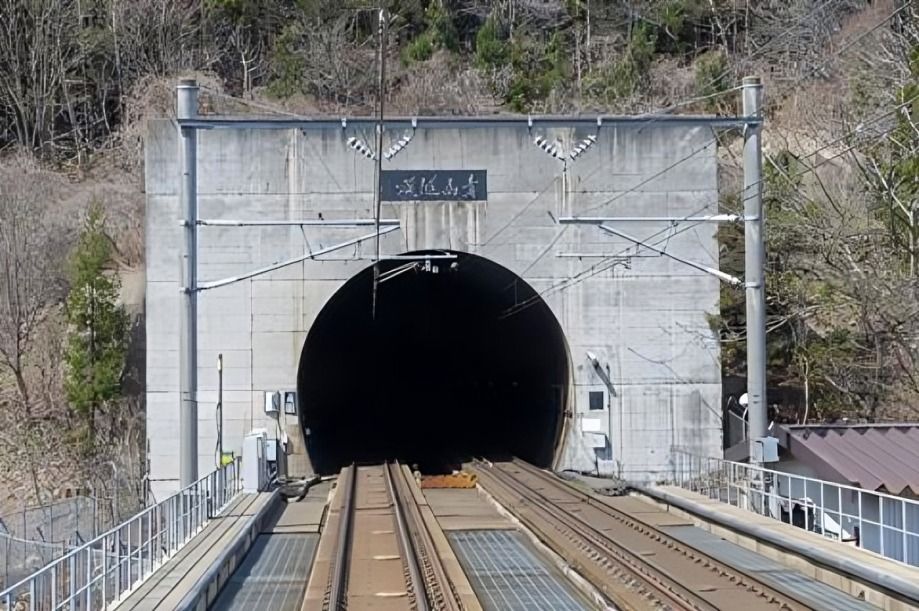
“
Explore 20 fascinating bullet train facts and uncover the amazing advancements in high-speed rail technology! Dive into the world of cutting-edge train innovations and discover what makes these high-speed marvels truly remarkable. From Japan’s iconic Shinkansen to China’s state-of-the-art maglev trains, bullet trains exemplify the pinnacle of engineering and innovation. In this blog, we delve into the details of the fastest trains globally, revealing how they achieve their impressive speeds and maintain impeccable safety records. 1
1
1
1
1
1
”
Japan's 0 Series Shinkansen, the world's first bullet train, began service in 1964. With its sleek, streamlined design and an impressive top speed of 130 mph, it earned the nickname "bullet train," revolutionizing rail travel and setting new standards.1
Bullet trains are the gold standard for safety, with over 10 billion passengers transported in Japan alone. Remarkably, they have maintained a flawless safety record, making them one of the safest modes of travel worldwide, demonstrating Japan's commitment to engineering excellence. 2
The West Japan Railway Company’s 500-Series Nozomi bullet trains cruise at a blistering 162.7 mph (261.8 km/h) on the 119-mile (192 km) stretch between Hiroshima and Kokura, showcasing the impressive speed of Japan's Shinkansen network. 3

The first bullet train, known as the Shinkansen, was developed under the leadership of Hideo Shima, a Japanese engineer. He played a crucial role in designing and overseeing the construction of the Tokaido Shinkansen, which revolutionized high-speed rail travel in Japan and worldwide.
The Series L0 (A07) maglev train, operated by Central Japan Railway, reached a jaw-dropping 374.68 mph (603 km/h) on the Yamanashi Maglev Line in 2015. This cutting-edge train, still in testing, represents the pinnacle of high-speed rail innovation. 4
Maglev trains, the fastest in the world, offer an ultra-smooth ride due to their lack of wheels. They glide silently, making them quieter and smoother than traditional trains, while reaching speeds that surpass conventional rail systems. 5
China's maglev train, connecting Shanghai International Airport to the city’s financial hub, rockets along at 267.8 mph (431 km/h) on its 18-mile (30 km) journey. This German-built marvel has been a high-speed icon since its debut in 2002. 6
Maglev trains use powerful superconducting magnets to lift and propel the train, demonstrating the incredible potential of cutting-edge technology. This innovative system highlights the advanced capabilities of modern transportation for unmatched speed and efficiency.7
Since its debut on October 1, 1964, Japan’s Shinkansen system has transported nearly 7 billion passengers without a single fatal collision. Even during the 2004 Chuetsu Earthquake, when eight out of ten cars derailed, there were no casualties.8
The concept of magnetic levitation dates back to 1934 in Germany, where Hermann Kemper patented a monorail design using magnetic fields. This early idea paved the way for today’s advanced maglev trains.9
On Japan’s Shinkansen, dining enhances the travel experience. Passengers can indulge in a variety of delicious options, from sushi to ice cream, while enjoying the high-speed journey. This unique feature makes the ride as enjoyable as the destinations.10
Bullet trains are among the most eco-friendly modes of transportation, producing 92% less carbon emissions per seat compared to airplanes. Their energy efficiency makes them a sustainable alternative for high-speed travel, significantly reducing environmental impact.11
The total length of high-speed rail lines worldwide is approximately 43,000 km. China dominates with 65% of this network and manages over 60% of global high-speed rail traffic, showcasing its leadership in advanced rail infrastructure.12

The Seikan Tunnel in Japan, utilized by bullet trains, is the longest railway tunnel in the world, spanning an impressive 53.85 km (33.46 miles). This engineering marvel allows for seamless and efficient travel beneath the Tsugaru Strait.
China currently has the fastest operational high-speed rail network, reaching speeds of 268 mph. However, Japan’s maglev trains have achieved an impressive 374 mph during testing, demonstrating the extreme capabilities of cutting-edge rail technology.13
Japan’s Shinkansen are renowned for their punctuality, with the Tokaido Shinkansen averaging only a 12-second delay in 2019. This remarkable record highlights the exceptional on-time performance of Japan’s high-speed rail system.14
Japanese bullet trains are equipped with a backup power system, including advanced lithium-ion batteries. This setup ensures they can safely navigate to a secure location during an earthquake, enhancing passenger safety.15
The latest Shinkansen models are equipped with advanced automated driving systems, allowing the trains to operate at high speeds with minimal human intervention. This technology enhances both safety and efficiency, pushing the boundaries of modern rail travel.16
There are 18 different types of Shinkansen trains, each designed for specific speeds and routes, ranging from the ultra-fast Nozomi to the more leisurely Yamabiko. This variety ensures efficient service tailored to diverse travel needs across Japan.17
The term "bullet train" is more than just a name. These trains feature sleek, aerodynamic designs that mimic the shape of a bullet, allowing them to cut through the air with minimal resistance. This design enhances speed and efficiency.18


